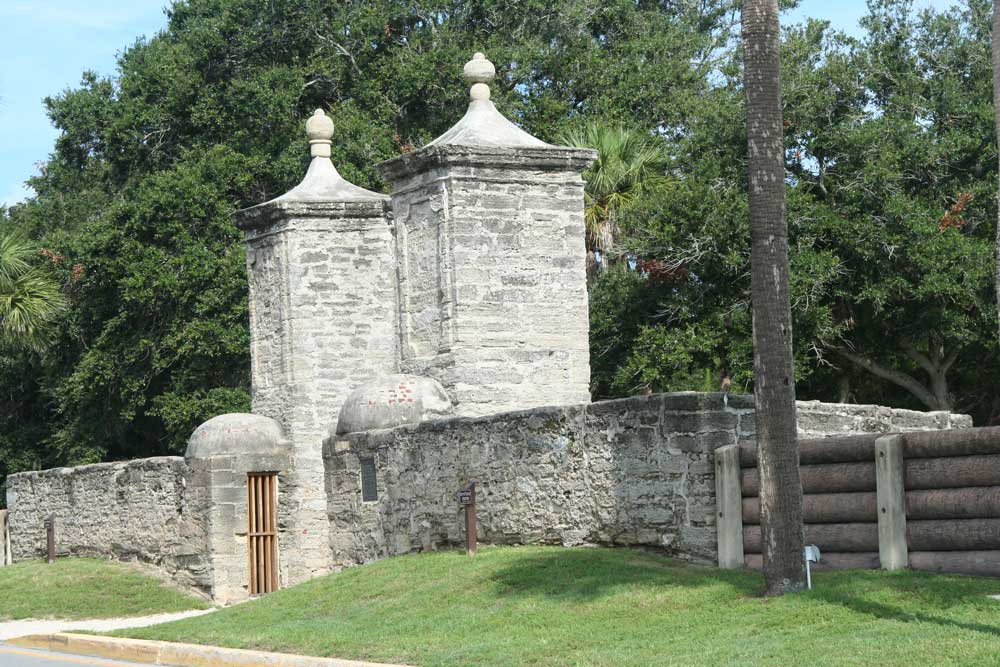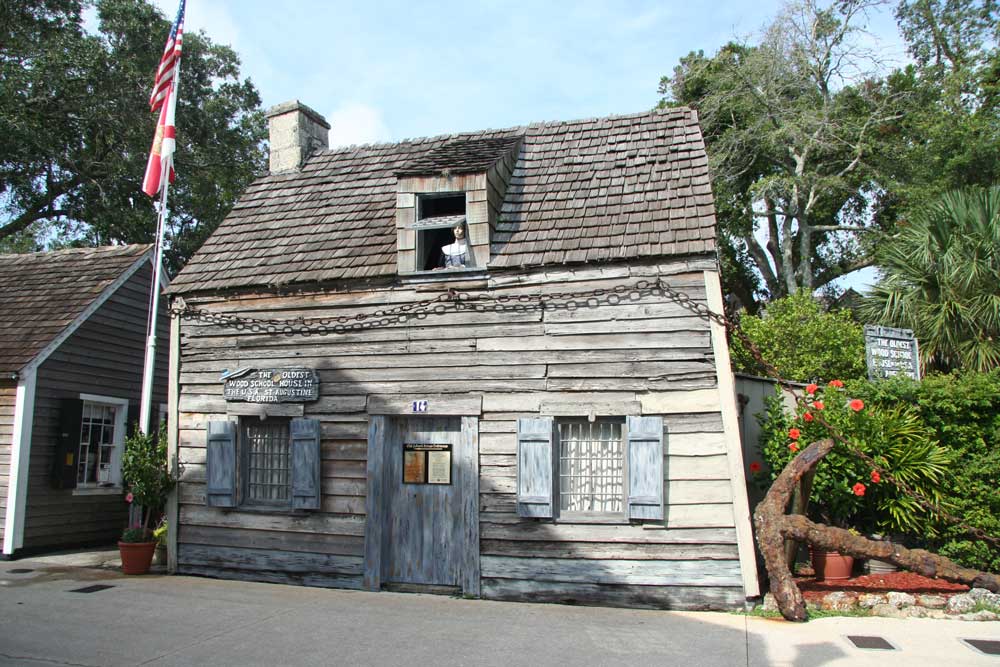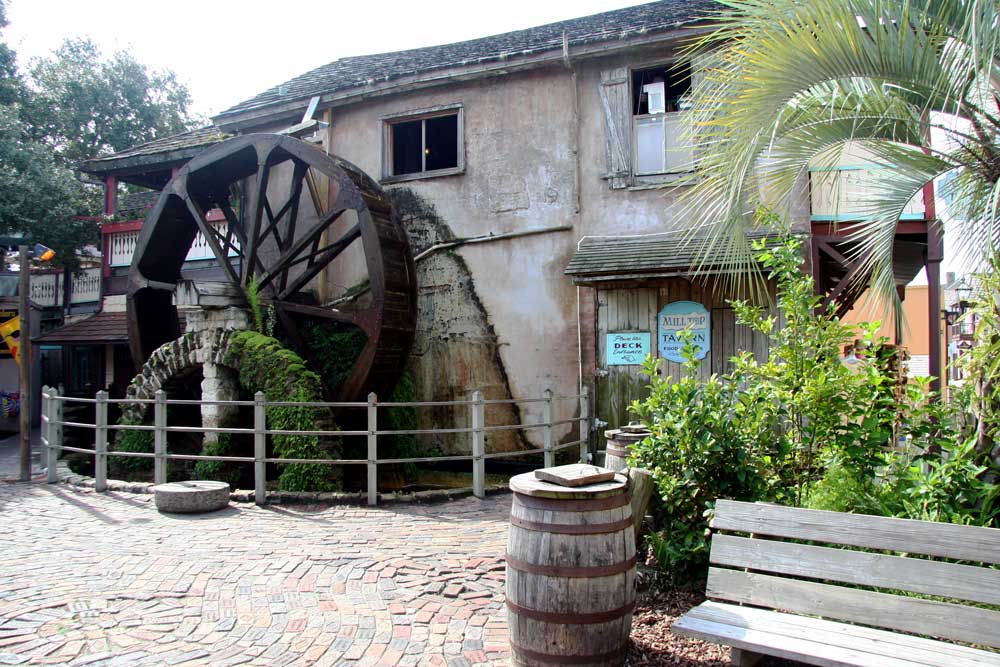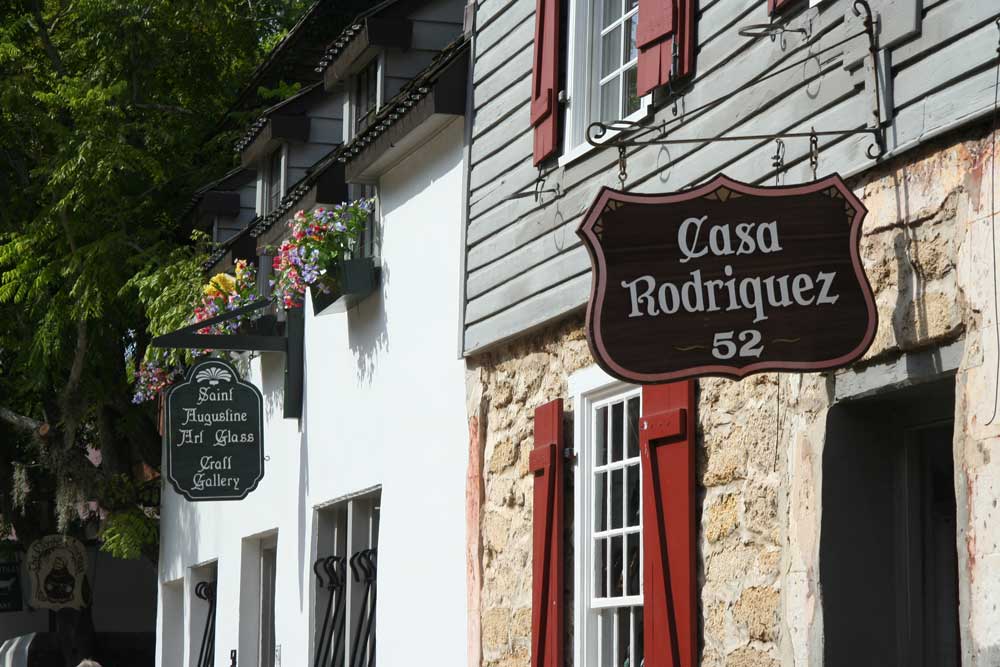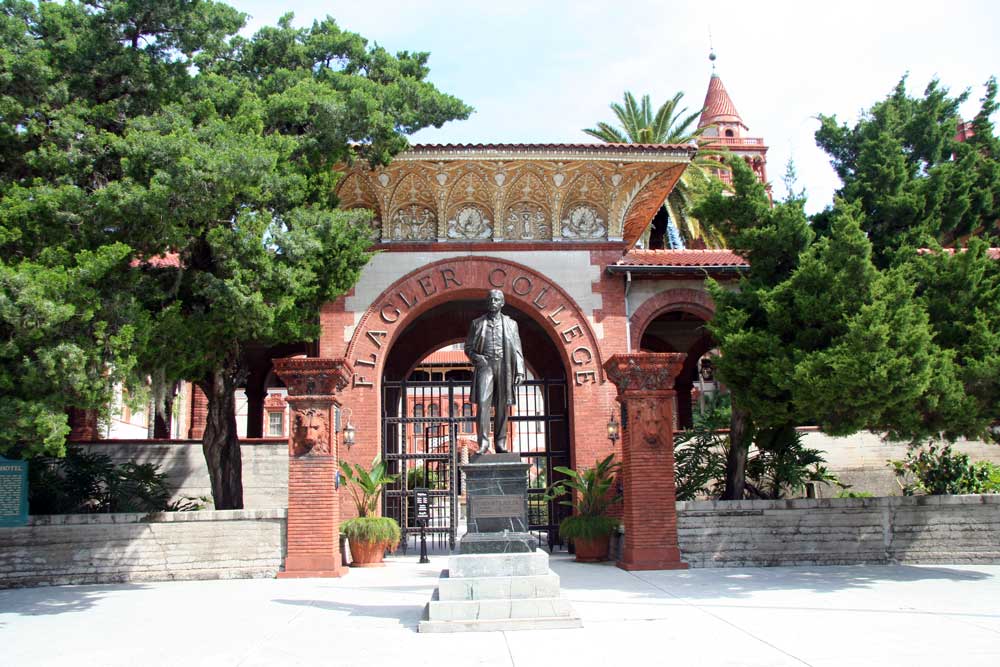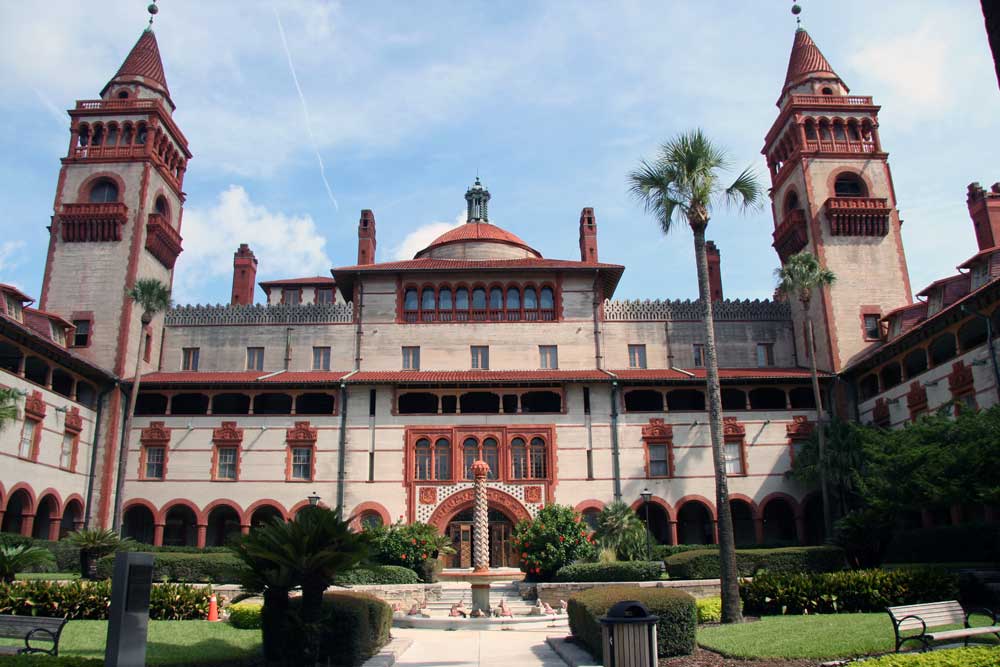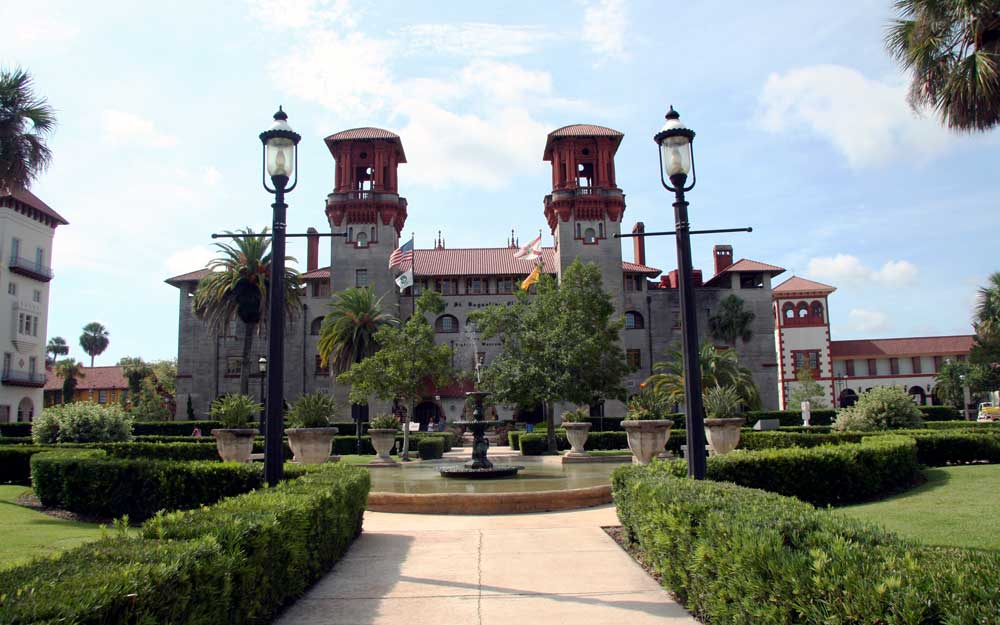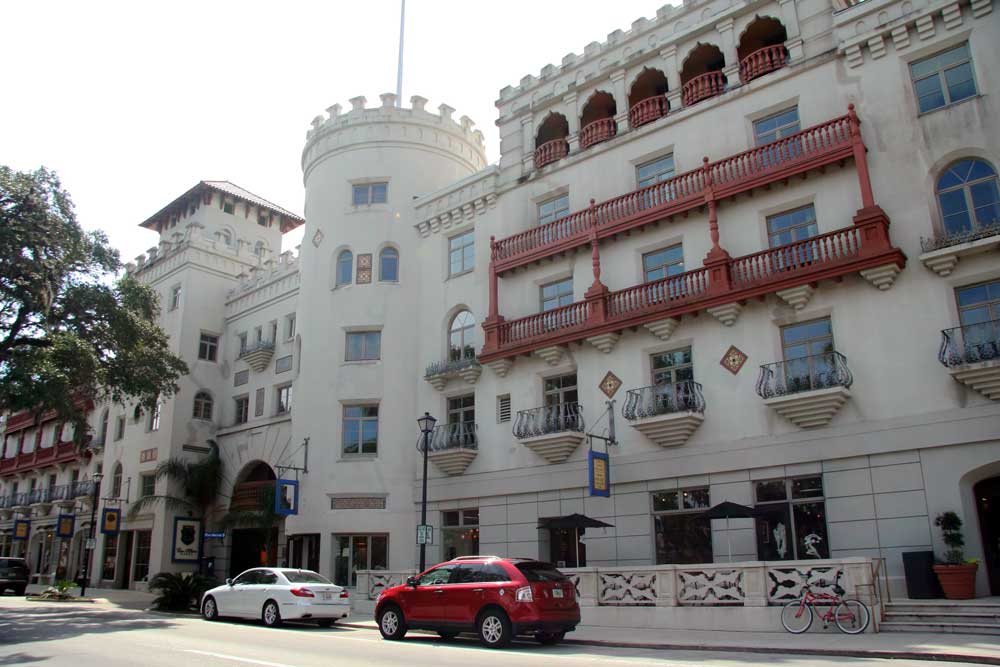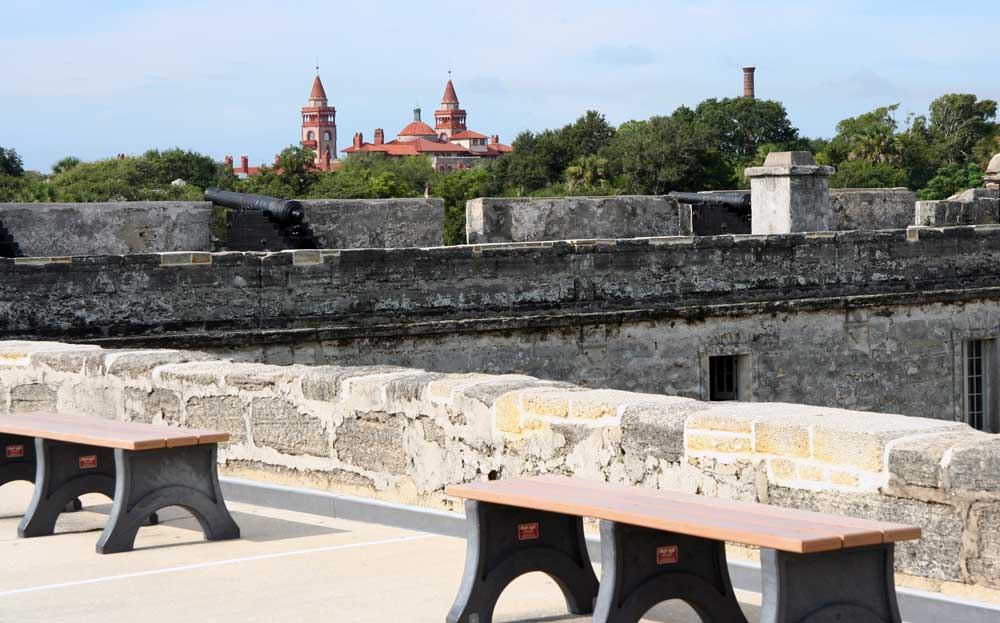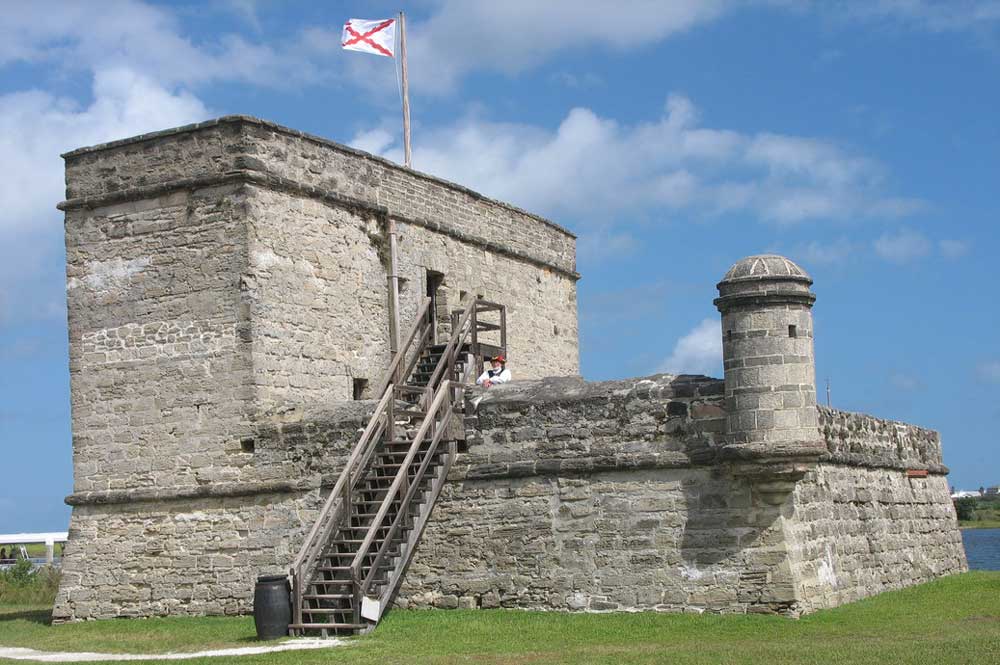Saint Augustine | Oldest European City

In St. Augustine, you’re not just traveling through time, but right into the heart of American history! Florido shows you the oldest city in the USA with its winding alleys, impressive fortresses, and Spanish colonial flair. Feel the spirit of the explorers, explore legendary pirate hideouts, and experience why St. Augustine is more than just a historical gem!
Saint Augustine – the most Important at a Glance
- Oldest city in the USA – Founded in 1565, with well-preserved colonial buildings and European flair
- Best travel time – March to May and September to November with pleasant temperatures and fewer tourists
- Historical sights – The Castillo de San Marcos, the oldest fortress in the USA, and the old town with cobblestone streets in the city center
- Beautiful beaches – St. Augustine Beach and Vilano Beach offer fine sand and a relaxed atmosphere
- Culinary & Culture – Spanish influences, local seafood, and vibrant festivals make the city unique
Climate and Weather
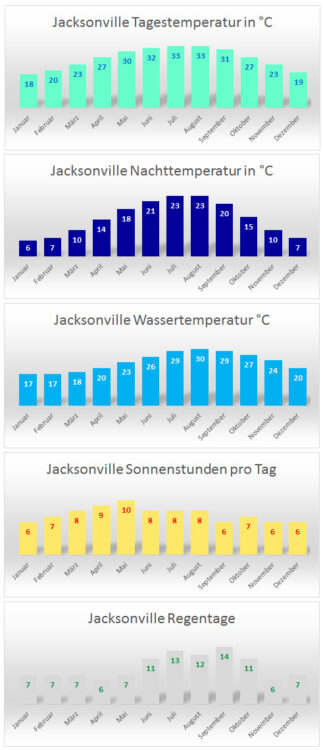
Information Route Planner
| Size | 10.7 mi² |
| Population | 15,899 (Estimate 2024) |
| County | St. Johns County |
| Coordinates | 29° 54 “81° 19” W |
| Area code | +1 904 |
| Info | Kennedy Space Center Visitor Complex |
The Perfect Day in St. Augustine
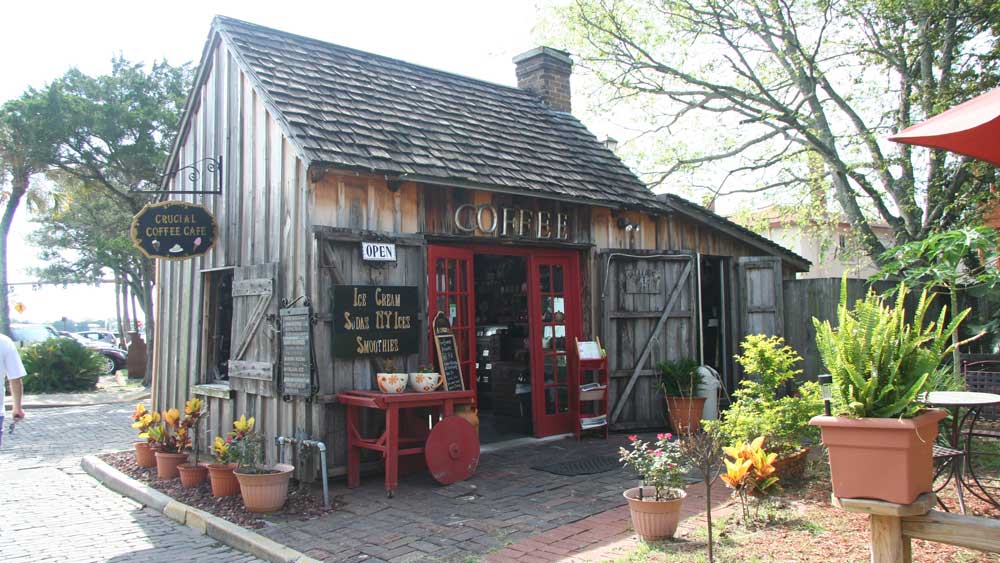
We arrive early in Saint Augustine – especially in the summer months, as city sightseeing in Florida can make you sweat. We can conveniently park our car right in front of the Castillo de San Marcos. In the fortress – believe it or not – we learn about 350-year-old Florida. This is very unusual, and because it provides a full contrast to the usual “water-beach-sun” feeling, we enrich our vacation in Saint Augustine with some culture.
After visiting the fortress, where we might be lucky enough to experience cannon fire, we stroll diagonally across to the Old City, where there are some museum treasures, art shops, and small charming restaurants. At the end of the pedestrian zone, we reach perhaps the most beautiful building in Florida on the right, the Flagler College.
The square is surrounded by other architecturally impressive buildings and invites you to take a tour. Around noon, it gets too hot for us downtown, and we drive to Anastasia Park. We relax on the dreamy empty sandy beach for the spooky evening and the ghostly hours of the night.
Activities Highlights around St. Augustine
Attractions
No post found!
Events
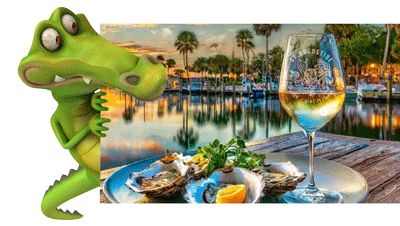
Living in America’s Oldest City
Saint Augustine – it sounds like history, cobblestones, and colonial charm. And that’s exactly what makes the city on Florida’s Atlantic coast so special: It’s the oldest continuously inhabited city in the USA, founded in 1565 by Spanish settlers. But Saint Augustine today is much more than just a place for history books – it’s a vibrant coastal city with flair, culture, and a touch of Southern romance.
What makes Saint Augustine unique is the combination of historical ambiance and relaxed beach life. Just a few minutes from the old town, miles of beaches stretch along the Atlantic coast – some quiet and natural, others lively with surfers, beach bars, and vacation homes.
History Meets Quality of Life
Despite its historical significance, the city is by no means dusty. Today, around 15,000 people (as of 2023) live in Saint Augustine – enjoying a high quality of life with a maritime climate, small-town character, and well-developed infrastructure. The historic old town around St. George Street is car-free, lovingly restored, and attracts visitors with small cafés, galleries, and boutiques.
The city’s lifeline runs between the Castillo de San Marcos fortress, Flagler College, and the old Spanish cathedral – three landmarks that breathe history while serving as a backdrop for daily life. The Lightner Museum in St. Augustine is a museum of art, history, and design from the late 19th and early 20th centuries.
Nature, Culture, and True Deceleration
Those seeking tranquility will find it in the nature parks and marshlands around Matanzas Bay, while strolling through the old streets or watching the sunset at the lighthouse on Anastasia Island. At the same time, Saint Augustine regularly offers concerts, street festivals, and markets that give the place an active cultural pulse – without the hustle and bustle of big cities.
Accommodations range from historic bed breakfasts to boutique hotels to modern apartments with water views. You’ll encounter tourists here, but never in masses – the place remains manageable and charming.
Saint Augustine is a destination for connoisseurs, romantics, and the curious – with a unique blend of history, coastal flair, and relaxed lifestyle. Once you’ve walked through the narrow alleys and heard the chimes at Plaza de la Constitución, you’ll understand why so many visitors keep coming back.
History of Saint Augustine
Around 1000 BC, Timucuan Indians came to the area of present-day Saint Augustine. In 1513, the Spaniard Juan Ponce de León discovered the land around present-day Saint Augustine, where he landed. He declared it a Spanish colony and named it “La Florida”, which translates to “Land of Flowers”.
More than fifty years later, on August 28, 1565, the Spanish Admiral Pedro Menéndez de Avilés founded the new settlement of San Agustin, named after Saint Augustine of Hippo, on his feast day. Previously established settlements such as the original colony in Pensacola in western Florida (1559–1561) and Fort Caroline, present-day Jacksonville (until 1564), were abandoned.
A Catholic mass in St. Augustine was the first Christian service in a permanent settlement in the present-day USA. Martin de Arguelles, born in 1566, was the first child of European descent born on the mainland of the present-day USA. In 1587, the English settlements of Roanoke Colony on Roanoke Island, North Carolina, and Virginia Colony were founded. In 1629, settlements in Santa Fe, New Mexico and Jamestown, Virginia were added.
Thus, St. Augustine is the oldest European-settled city in North America. Menéndez de Avilés established a military base against the French, who had built Fort Caroline near present-day Jacksonville. Then the French fleet got caught in a storm, and Menéndez de Avilés defeated the survivors with his men.
In 1586, Sir Francis Drake attacked the city and burned it down. In 1668, pirates plundered the city, resulting in the death of most inhabitants. In 1702 and 1740, British forces from the new colonies in present-day North Carolina, South Carolina, and Georgia attacked Saint Augustine but were unsuccessful. During the latter attack, James Oglethorpe from Georgia and Ahaya, chief of the Alachua group of Seminoles, allied and besieged the city.
In 1763, the Treaty of Paris ended the French and Indian War and ceded Florida, including Saint Augustine, to the British. Under British rule, the city remained a loyal colony of the British Crown during the American Revolutionary War. The Treaty of Paris (1783) granted independence to the colonies north of Florida, while Florida was ceded to the Spanish.
Saint Augustine remained in their hands between 1784 and 1821. During this time, Spain itself was occupied by Napoleon and had to worry about its colonies. Florida no longer held the same importance for Spain as it did for the expanding United States, to whom Florida was extremely important. With the Adams-Onís Treaty, the Spanish colonies in Florida were peacefully transferred to the United States in 1821.
Florida was initially a territory of the United States and became a state in 1845. In 1861, the Civil War broke out. Florida seceded from the Union and joined the Confederacy. As early as January 1861, state troops had taken over the Union-garrisoned fort in Saint Augustine. In March 1862, Union troops recaptured the city. In 1865, Florida finally rejoined the United States.
Numerous buildings from the Spanish colonial period still exist today, such as the Castillo de San Marcos fortress, built between 1672 and 1695. It was successfully defended against British attacks in the 18th century and was occupied by Union troops during the Civil War. Later, the Indian chief Osceola was imprisoned there.
At the end of the 19th century, industrialist Henry Flagler appeared on the scene and connected Saint Augustine to the railway network. Led by him, the city developed into a winter residence for the wealthy upper class. Several of the villas and hotels built during this time still stand today and are used by Flagler College and museums, among others. Flagler later built the Florida East Coast Railway, which reached Key West in 1912.






